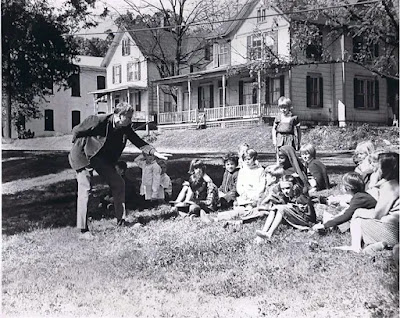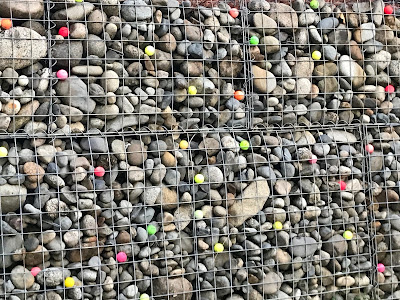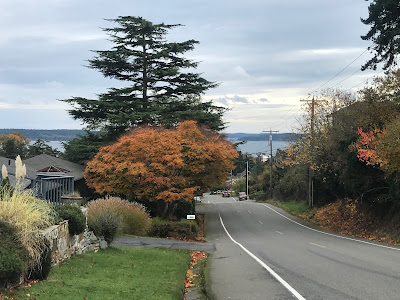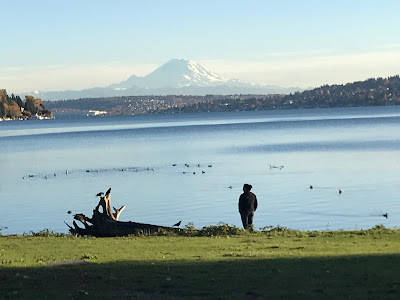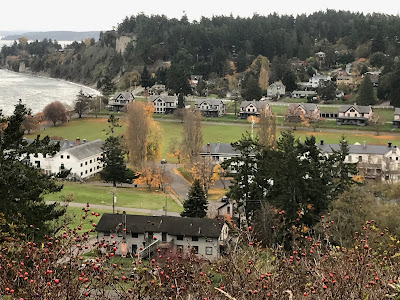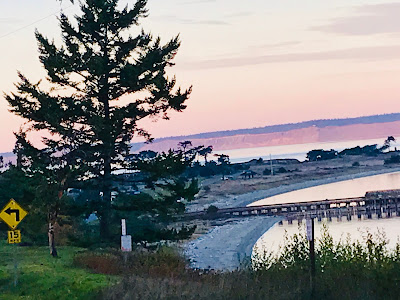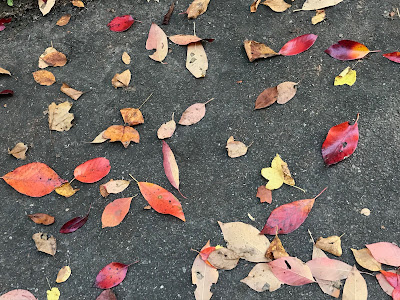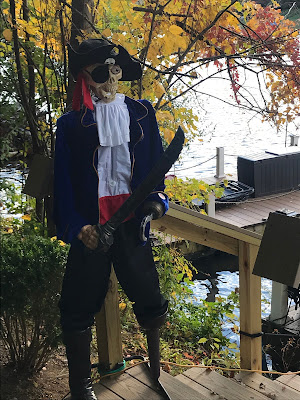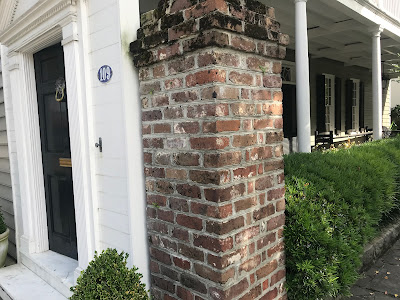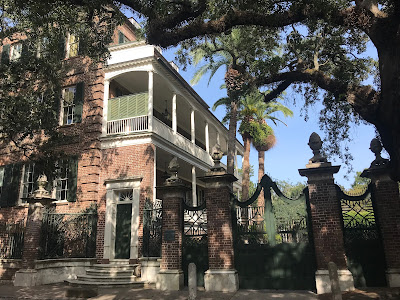Anywhere People
I’m making my way through Neil King Jr.’s American Ramble at a walking pace. I’m enjoying it so much that I don’t want to rip through it, much as I would prolong a stroll on a perfect spring morning.
King walked from Washington, D.C., to New York City in the spring of 2021 and wrote a book about what he found along the way. I’m more than two-thirds of the way through King’s report — he’s about to cross the Delaware — but I’m still musing over thoughts he had in Lancaster County.
“There are today at heart two American stories: the story of those who stay, and the story of those who go. … Some of us still wander from place to place, and many others of us don’t. We have the Somewhere people, who are very much of a place and rooted there, and we have the Anywhere people, who have a faint sense of belonging wherever they are and if they ever had a place, they left it behind long ago.”
What happens, I wonder, when the scales are tipped, and a society has too many Anywheres and not enough Somewheres? And can walkers turn Anywheres … into Somewheres?

